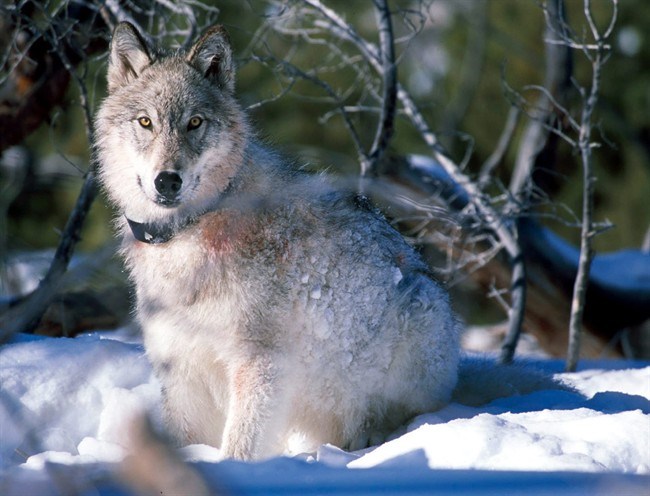BILLINGS, Mont. - Montana wildlife officials said Monday that they were abandoning their efforts to shut down grey wolf hunting and trapping just outside the gates of Yellowstone National Park, citing a recent court ruling that threatened to drag out the issue until the season was almost over.
Hunting and trapping were briefly suspended last month on about 60 square miles north of Yellowstone over concerns that too many wolves wandering out of the park were dying. That included the shooting of several wolves collared for scientific research and management purposes.
But after a judge issued an injunction saying not enough notice was given before the closures were enacted, wildlife officials said they would no longer seek to reinstate the closure. A Tuesday meeting in which commissioners had planned to take action on the issue was cancelled.
Fish, Wildlife and Parks Commission Chairman Bob Ream said agency personnel decided it would take several weeks at a minimum to get an order from state District Judge Brenda Gilbert dissolving her injunction. Montana's wolf season ends on Feb. 28.
"To try and lift the order, at most, there would have been a week left in the season, so there wasn't any sense in doing it," Ream said.
Ream added that his concerns over collared wolves being shot or trapped had not gone away, but he said there was unlikely to be harm to the park's overall wolf population even if some of the animals were killed.
Wildlife advocates had pressed the state to give special protections to Yellowstone's wolves, which draw throngs of tourists from all over the world.
Several of the predators that were well-known among wolf watchers were killed in recent months, prompting advocacy groups to lobby state wildlife commissioners to create a no-kill buffer zone east and west of the town of Gardiner.
Wolf killing was prohibited in those areas in early December, although commissioners rejected the idea of making the buffer permanent. A lawsuit from hunting groups blocked the closures just a few weeks after they went into effect.
State lawmakers have since stepped in with a proposal to prohibit commissioners from creating such buffers around either Yellowstone or Glacier National Parks.
Commissioners only would be able to close down hunting and trapping in such areas if a wolf harvest quota that had been previously established was met.
The Legislative measure, which has received strong bipartisan support in Helena, also would let hunters and trappers buy multiple tags and use electronic wolf calls, reduce the price of a non-resident tag from $350 to $50 and eliminate the requirement that hunters wear fluorescent orange outside of elk and deer season.
Hunters have killed 108 wolves in Montana this season and trappers have killed 66, for a total of 174.
That's already exceeded the 2011-2012 harvest, when 166 wolves were killed, with four weeks still to go in the current season.
Wildlife officials are hoping to reduce the animals' population from about 650 wolves to around 450.
The goal is to reduce wolf attacks on livestock and help some elk herds that have been in decline due to wolf attacks. Wildlife advocates contend that the state is being too aggressive against a species only recently restored to the Northern Rockies after it was widely exterminated last century.



